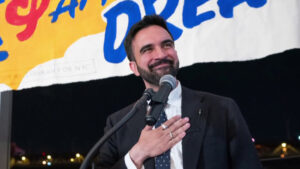The Dictatorship
This Super Bowl commercial might’ve made you feel old, but nostalgia marketing works
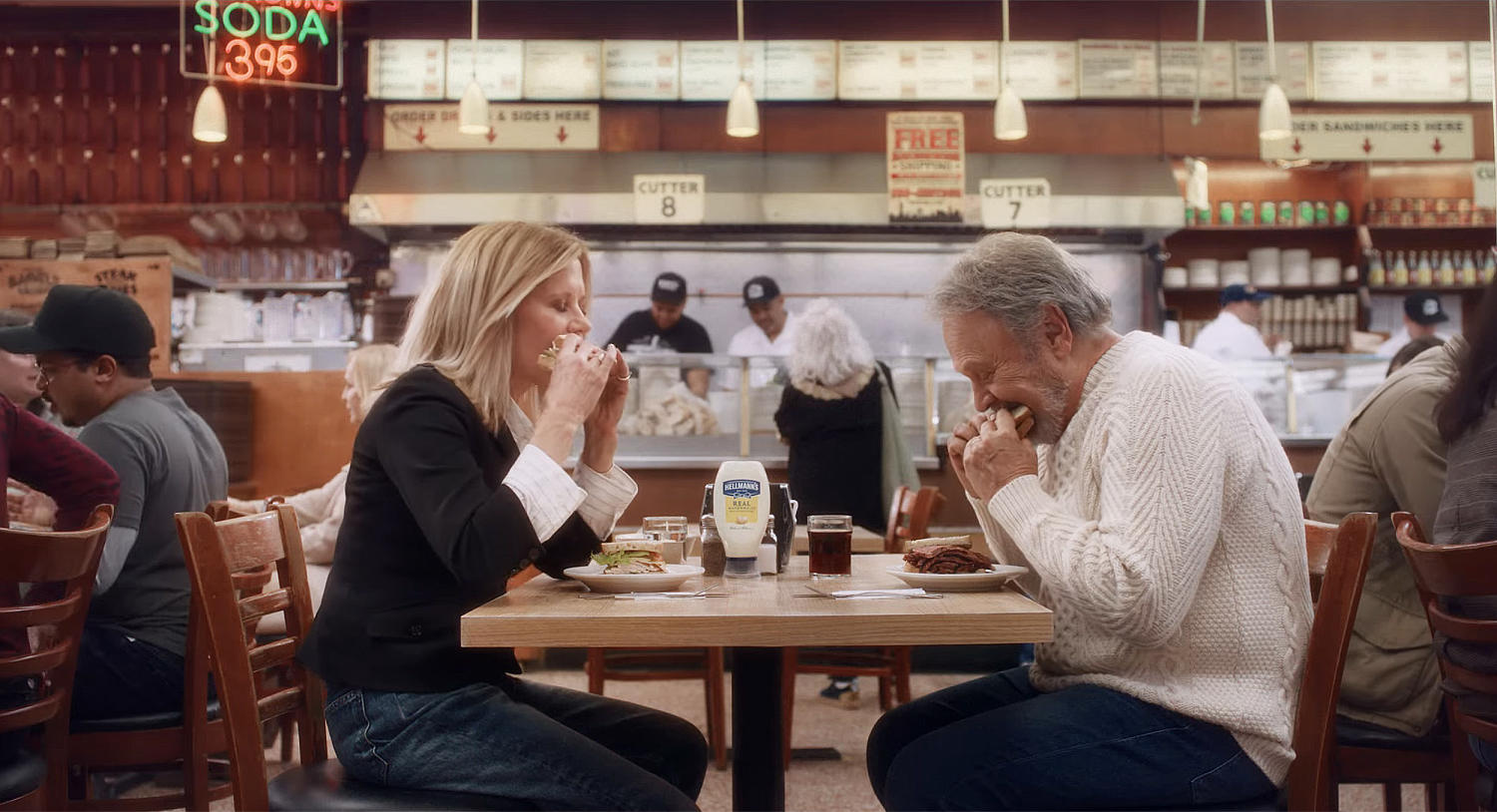
Hellmann’s big Super Bowl ad this year stars Me ryan and Billy Crystal reunited at New York City’s iconic Katz’s Deli to re-enact their famous scene from the 1989 Nora Ephron romantic comedy “When Harry Met Sally.” In case you somehow don’t know what I’m referring to, the scene involves Meg Ryan loudly faking an orgasm while eating a sandwich.
“I’ll have what she’s having,” the older woman at the next table tells the waiter.
The 30-second Hellmann’s ad, created by the agency VML New Yorkfeatures both actors reprising their roles from 36 years ago. Billy Crystal once again dons his famous aran sweater.
“I can’t believe they let us back in this place,” he says.
Meg Ryan squeezes some Hellmann’s mayonnaise on her sandwich, then proceeds to moan and yell all over again. Sydney Sweeney, seated at a table nearby, delivers the punchline: “I’ll have what she’s having.”
Nostalgia marketing — in the form of pandering advertisements, as well as in fashion trends, original media, and “retro” products — works in approximately 20 to 30 year cycles.
Nostalgic Super Bowl ads are nothing new. As far back as 1979, Miller ran a commercial called “Famous Ex-Quarterbacks,” featuring three NFL players whose careers had peaked a decade or two before. In 1989, a Sears ad featured the 1970 song “Our House” by Crosby, Stills, Nash and Young. A 1992 spot for Hyundai is scored to the 1961 Ben E. King hit “Stand By Me.” In 1999, a commercial for Progressive Insurance featured ET, a nod to the 1982 blockbuster. The next year, in 2000, Oldsmobile had a Super Bowl spot that showed a group of young, hip people singing the 1979 new wave song “Cars” by Gary Numan. At the height of the recession in 2009, cashforgold.com cast MC Hammer — famous for his 1990 single “U Can’t Touch This” and his subsequent bankruptcy — in an ad that poked fun at said bankruptcy. A 2013 Beck’s Sapphire Beer ad featured a goldfish singing the 1996 R&B hit “No Diggity” by Blackstreet. By 2019, Sarah Jessica Parker was reprising her role as the Y2K-era Carrie Bradshaw for a Stella Artois commercial. That same year, the Backstreet Boys starred alongside Chance the Rapper to promote Doritos, performing their 1999 song “I Want it That Way.”
If you look closely at this timeline — the ads and their nostalgic inspirations — a pattern starts to emerge. The featured song, film or celebrity is a touchstone from roughly 20 to 30 years in the past. And as we move through time, the nostalgic touchstones get more recent.
There is a reason for this. Nostalgia marketing — in the form of pandering advertisements, as well as in fashion trends, original media and “retro” products — works in approximately 20- to 30-year cycles. This is how long it takes for kids who experienced culture the first time around to grow up and start making culture of their own. Also, it’s how long it takes for those kids to become adults with disposable income and a yearning for the good old days of their childhood and adolescence.
Nostalgia is a powerful emotion, and it can provide real gains for the companies that tap into it. One 2014 study found that nostalgia makes consumers more willing to spend their money. In a famous scene from the hit Netflix series “Mad Men,” the advertising executive Don Draper explains in a pitch meeting that “nostalgia means the pain from an old wound … a twinge in your heart far more powerful than memory alone.” Nostalgia can even distort our views of the past; one YouGov survey found that people are most likely to say that the best time in America was whatever year they happened to be 11 years old.
Humans have always reminisced about how great things were when they were young. But mass media and mass consumer capitalism are much newer phenomena in human history.
Humans have always reminisced about how great things were when they were young. But mass media and mass consumer capitalism are much newer phenomena in human history. It wasn’t until the ’70s when that 20- to 30-year nostalgia cycle really formed. In that decade — which came on the heels of multiple high-level political assassinations, massive social upheaval, an unpopular war and a near-miss of nuclear annihilation — there was a profusion of nostalgia for the 1950s and early 1960s. In 1973, George Lucas’ film “American Graffiti” came out, featuring the doo-wop and roadsters of a pre-countercultural California. The next year, the 1950s-themed sitcom “Happy Days” aired on ABC. It ran until 1984, becoming one of the most successful sitcoms of all time. In the 1980s, 1950s diners began to open, with jukeboxes, chrome seats, shimmery formica countertops, waitstaff in poodle skirts, and Googie-inspired neon lighting.
I was born in 1988. When I was a teen in the Y2K era, the nostalgia cycle was stuck in the 1960s and ’70s, marketing to baby boomers who were all now firmly in middle age, as well as their bell-bottom-curious millennial kids. This latter marketing concept, it’s worth noting, is called Nowstalgia: the marketing of the past to people who didn’t experience it the first time. Flared jeans and peasant tops were in fashion, and every week I’d tune into “That ’70s Show,” more or less a modern update of “Happy Days.”
I remember watching the Super Bowl with my dad in 2002. That year, Led Zeppelin — who had refused to license their music to advertisers for decades — brokered a deal with Cadillac. The American luxury automaker used the band’s 1971 song “Rock and Roll” in a campaign titled “Break Through,” produced by the agency D’Arcy Masius Benton & Bowles. The ad debuted at the Super Bowl that year, and my dad, who was born in 1954, was flabbergasted.
“Boomers must be getting old,” he said to me.
Currently, we’re in the cultural grip of Y2K nostalgia. Ad campaigns featuring fads and celebrities from the late ’90s through the mid-2000s are everywhere. Ludacris is the face of State Farm, and the Backstreet Boys, in addition to selling Doritos, star in a Downey ad. Kids are wearing cargo pants and baby tees. I imagine that Super Bowl ads will continue to mine from my pop cultural memories for a while, and that they will continue to use touchstones from the ’90s, ’80s and ’70s as long as there are significant cohorts that remember each of these decades.
Eventually, though, the window will shift. It seems like there has been a decrease in ’50s nostalgia in contemporary popular culture, for the simple reason that the ’50s is moving further and further into the past, and there are fewer people around with fond memories of it than in, say, the ’70s and ’80s. And the nostalgia window will almost certainly move beyond Y2K nostalgia, to the trends and stars important to Gen Z and, eventually, Gen Alpha.
But what will that look like? There has been some speculation that the internet has brought about the death of monoculture (widely shared pop cultural touchstones), and has arrested the introduction of new trends in favor of constantly remixed “cores” and “aesthetics” that mine the past for their inspiration. As the theorist Mark Fisher observed as early as 2009, pop culture seems to be stuck in the past, unable to move forward with truly unique trends and products. What would Super Bowl ads nostalgic for the 2010s or the 2020s look like? Would there even be a unique popular culture to reference?
Maybe the nostalgia marketing cycle does end in the Y2K era. But maybe that’s just a cope by a woman on the cusp of middle age. Twenty years from now (assuming the Super Bowl still exists), I’ll probably be watching aging influencers bringing back their broccoli hairstyles and talking about how some new erectile dysfunction drug will give you skibidi rizz. My adult niece and nephew will complain that this means they’re getting old. I will have no idea what is going on, because I’ll be outside that marketing demographic.
Colette Shade is the author of “Y2K: How The 2000’s Became Everything (Essays on the Future That Never Was)”. The book is history-in-essays of the late 1990’s and early 2000’s, and was released by Dey Street, an imprint of HarperCollins, in January 2025.
The Dictatorship
Charlie Kirk and the stubborn challenges with security measures

Much has been made of the fact that only six uniformed officers and a few plainclothes officers were at the Utah Valley University event the day Charlie Kirk was fatally shot while speaking to a crowd on campus.
But in truth, doubling or even tripling that number would not have made a difference. Ticket checks and metal detectors can screen attendees in the immediate area, but they cannot defend against a sniper on a rooftop 175 yards away. Preventing that type of attack requires a countersniper team with specialized training and substantial resources. And even then, success is not guaranteed. The July 13, 2024, assassination attempt on Donald Trump demonstrated this reality: Despite the full capabilities of the Secret Service, the shooter still came within inches of a fatal shot.
Ticket checks and metal detectors can screen attendees in the immediate area, but they cannot defend against a sniper on a rooftop 175 yards away.
With more than 35 years as an FBI agent, a U.S. Marine, and now a security consultant, I can affirm that securing an outdoor event like the one where Kirk was killed is among the most difficult challenges in the field. A speaker positioned in low ground, surrounded by a large crowd and overlooked by two- to four-story buildings, creates vulnerabilities that no local police force can realistically control.
If Kirk had been my client, I would have wanted exactly that level of specialized team. But the cost is often far beyond what any private citizen or even many companies can afford. A more practical measure might have been a three-sided transparent ballistic panel capable of stopping a high-velocity rifle round like the .30-06 used in the attack on Kirk — which would not have provided total protection but could have offered a meaningful safeguard.
While we do not know the conversations or planning that went into this particular event, I have found in my years in the government and in consulting for high-risk security environments that clients themselves often reject such measures in the name of being approachable and standing among their supporters rather than behind visible barriers.
Effective security is always a balance between what works and what a client is willing to accept.
That tension is equally visible on the business side of security. For those critical of the security presence at the Utah Valley University event, it is important to understand that protection is expensive and produces no revenue, the critical consideration for most businesses. Its value is difficult to measure, as success often means nothing happens. How do you prove the success of an incident that was deterred?
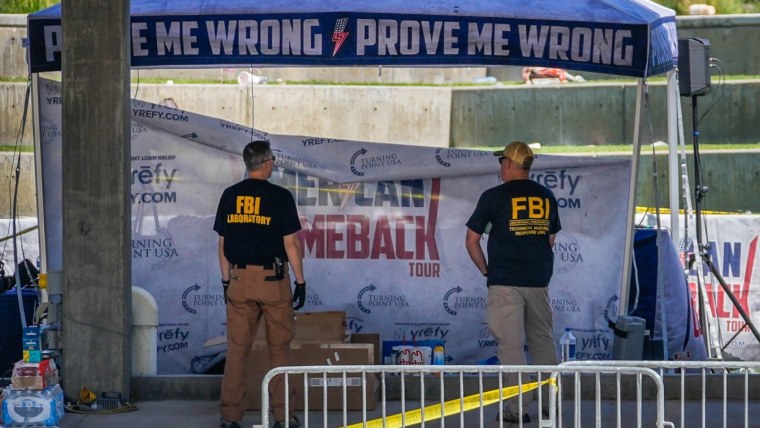
Because of this, the field tends to operate in cycles. After a high-profile attack, interest surges. Calls come in with urgent requests. At first, money is said to be no object. A team is assembled quickly with travel, logistics and personnel costs reflecting the short notice, and a quote is provided. At that point, priorities often shift. Suddenly, budgets matter, and within days, as the sense of danger fades, the plan is abandoned. We found this to be the case in the aftermath of the targeted killing of UnitedHealthcare CEO Brian Thompsonwhen many major companies clamored to hire security details for their leaders. That trend did not last. Too often, when confronted with the true cost of adequate protection, people settle for minimal coverage, such as a single driver with no advanced training, convincing themselves they have security now that the immediate threat appears to have faded.
Real security is neither simple nor convenient. It requires discipline like varying daily routes and schedules at random. It requires accepting protective measures that may not look appealing, such as ballistic panels or restricted access. And it requires trusting the expertise of trained professionals, even when their recommendations conflict with comfort or image. These are the trade-offs that genuinely protect lives.
We remain caught in the cycle of responding after tragedies rather than preventing them.
Kirk appeared on Wednesday in one of the most difficult environments to secure — outdoor college campuses. His team appeared to be better equipped for crowd management than dealing with a sniper threat. As is the case with nearly all deadly attacks, there was no way to perceive the particular nature of the threat he faced that day. The suspect, just 22 years old, most likely had little training, yet he is believed to have been able to not only plan and carry out the attack, but then escape afterward. That reality is sobering.
It is a horrifying reminder of how political violence in the United States is not receding; it is intensifying. Each successful incident not only causes immediate harm but also teaches future attackers what methods may succeed.
The hard truth is that no plan can guard against every possible threat. But security can be approached more seriously, with an understanding that its costs and inconveniences are investments (necessary ones, at that), not luxuries. When we fail to acknowledge that reality, we remain caught in the cycle of responding after tragedies rather than preventing them.
Robert D’Amico
Rob D’Amico is a global security and intelligence executive with over 35 years of experience leading protective operations, counterterrorism missions, and enterprise security strategy across government and private sectors. As the former FBI deputy chief of operations for the hostage rescue team and chief of counter-unmanned aircraft systems, he directed high-risk global missions, executive protection, and major event security, including the Super Bowl and World Series. As a former chief security officer and current consultant to Fortune 500 firms, he is recognized for building resilient security programs that protect people, assets, and critical infrastructure worldwide.
The Dictatorship
Americans who push back against Trump are winning
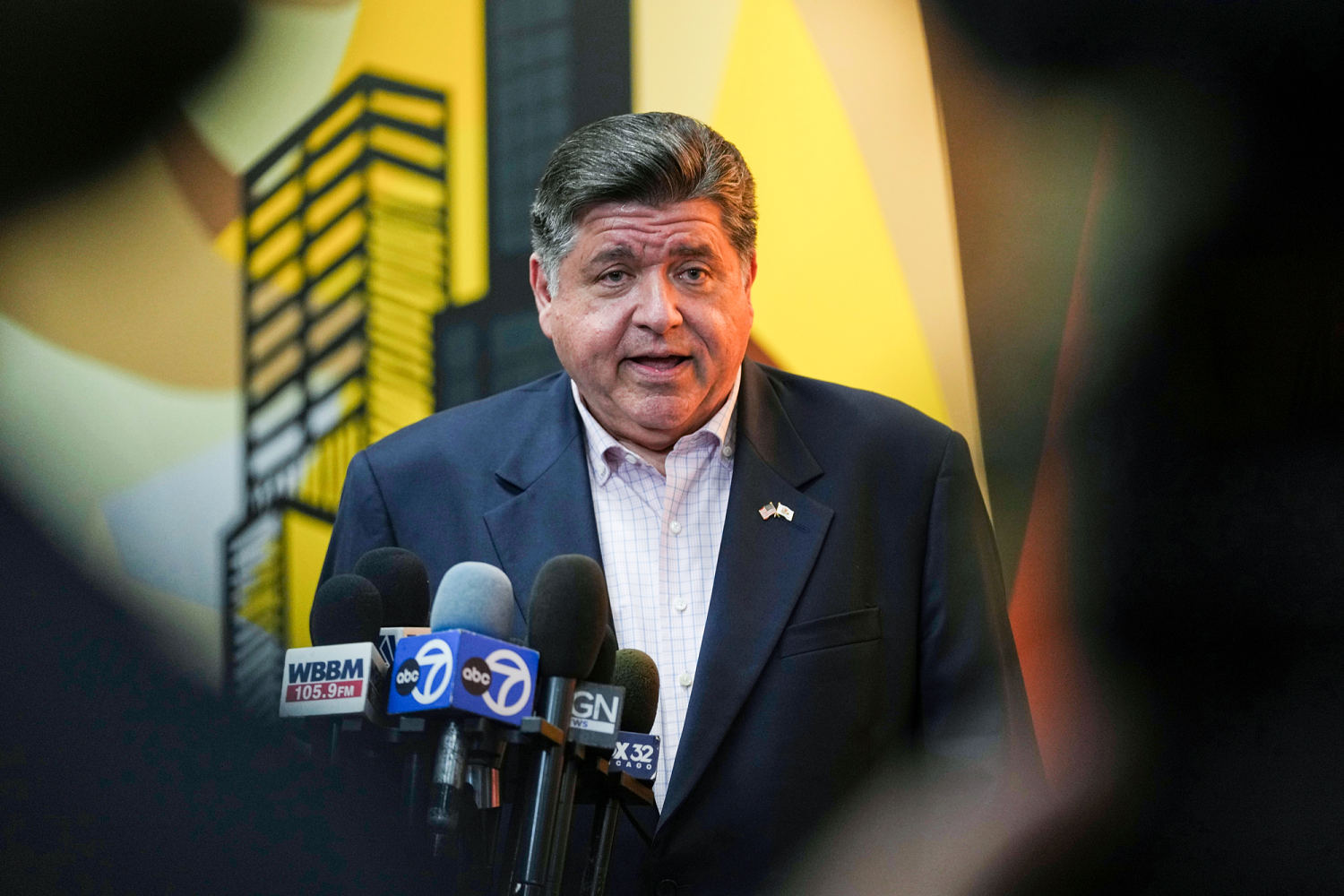
President Donald Trump’s second term has been built on a series of bluffs: Act like you have a power and some people may end up giving it to you. From gutting federal agencies to threatening law firms’ security clearances, he has expanded the imperial presidency by persuading his targets to give up.
But lately a number of prominent Americans have fought back against Trump — and won.
When Trump tried to fire Federal Reserve Board of Governors member Lisa Cook, she sued, and a federal judge allowed her to stay on the job until her case is heard at length. When he announced plans to send the National Guard into Chicago, Illinois Gov. JB Pritzker and Mayor Brandon Johnson stood shoulder to shoulder against it, and he started talking about going to Memphis instead. And when he tried to strip Harvard University of funding, it sued and won.
If you do not fight, you have already lost.
These leaders understand a truth that bears repeating: If you do not fight, you have already lost. If you do, you might preserve the law, the principle or the community under siege.
That is the choice now before Congress as another government shutdown deadline looms. Trump has announced he will not even meet with Democrats. Instead, Republican leaders have been dispatched to deliver his ultimatums: funding on his terms, with nothing offered in return. Democrats have not yet decided whether they will supply the necessary votes that keep the government open.
But this is not merely a negotiation over appropriations; it is a test of political courage. If Democrats surrender out of fear that they will be blamed for a shutdown, they will have handed Trump precisely the victory he seeks without forcing him to expend any political capital.
History makes plain what happens when leaders grow weary and turn away. After the Civil War, federal troops withdrew from the South in 1877ending Reconstruction and abandoning Black Americans to nearly a century of racial terror and disenfranchisement. That surrender to fatigue and compromise cost generations their rights. Trump is gambling that America will also grow weary of fighting and give up.
Yet history also records what is possible when leaders resist. Abolitionists refused to yield when presidents counseled patience and compromise; their persistence made emancipation a moral inevitability. Radical Republicans in Congress defied President Andrew Johnson’s attempts to restore white supremacy. They overrode his vetoes, passed the Reconstruction Acts and impeached him for abuse of power. More than a century later, lawmakers pressed the Watergate investigation forward even as Richard Nixon threatened a constitutional crisis. Their determination forced the release of the White House tapes and ended his presidency.
From abolition to Reconstruction to Watergate, progress came not from passivity but from sustained struggle against leaders who abused their office.
That is the tradition Lisa Cook joined when she refused to be silenced. It is the tradition Harvard and George Washington University reaffirmed when they refused to bend. It is the tradition of Pritzker, Johnson, California Gov. Gavin NewsomMaryland Gov. Wes Moore and Baltimore Mayor Brandon Scottwho proved that governors and mayors can still defend their cities from overreach. And it is the tradition that Congress must reclaim if it hopes to preserve its role as a co-equal branch of government.

The struggle is tiring. That is its purpose. Trump thrives on fatigue, assuming that if he presses long enough, the opposition will collapse. But his power is not inevitable. It is fragile, and every time it is confronted, it is diminished.
The only way to defeat Trump’s assault on democracy is to fight. The fight itself is the safeguard of our republic. And if we are willing to engage it — in the courts, in the halls of Congress, in statehouses and city halls across the country — history suggests that we can not only endure, but also prevail.
For more thought-provoking insights from Michael Steele, Alicia Menendez and Symone Sanders-Townsend, watch “The Weeknight” every Monday-Friday at 7 p.m. ET on BLN.
Symone D. Sanders Townsend is an author and a co-host of “The Weeknight,” which airs Monday through Friday at 7 p.m. ET on BLN. She is a former deputy assistant to President Joe Biden and a former senior adviser to and chief spokesperson for Vice President Kamala Harris.
The Dictatorship
‘Disturbing’: BLN hosts rip Fox anchor for shocking call to ‘just kill’ homeless people
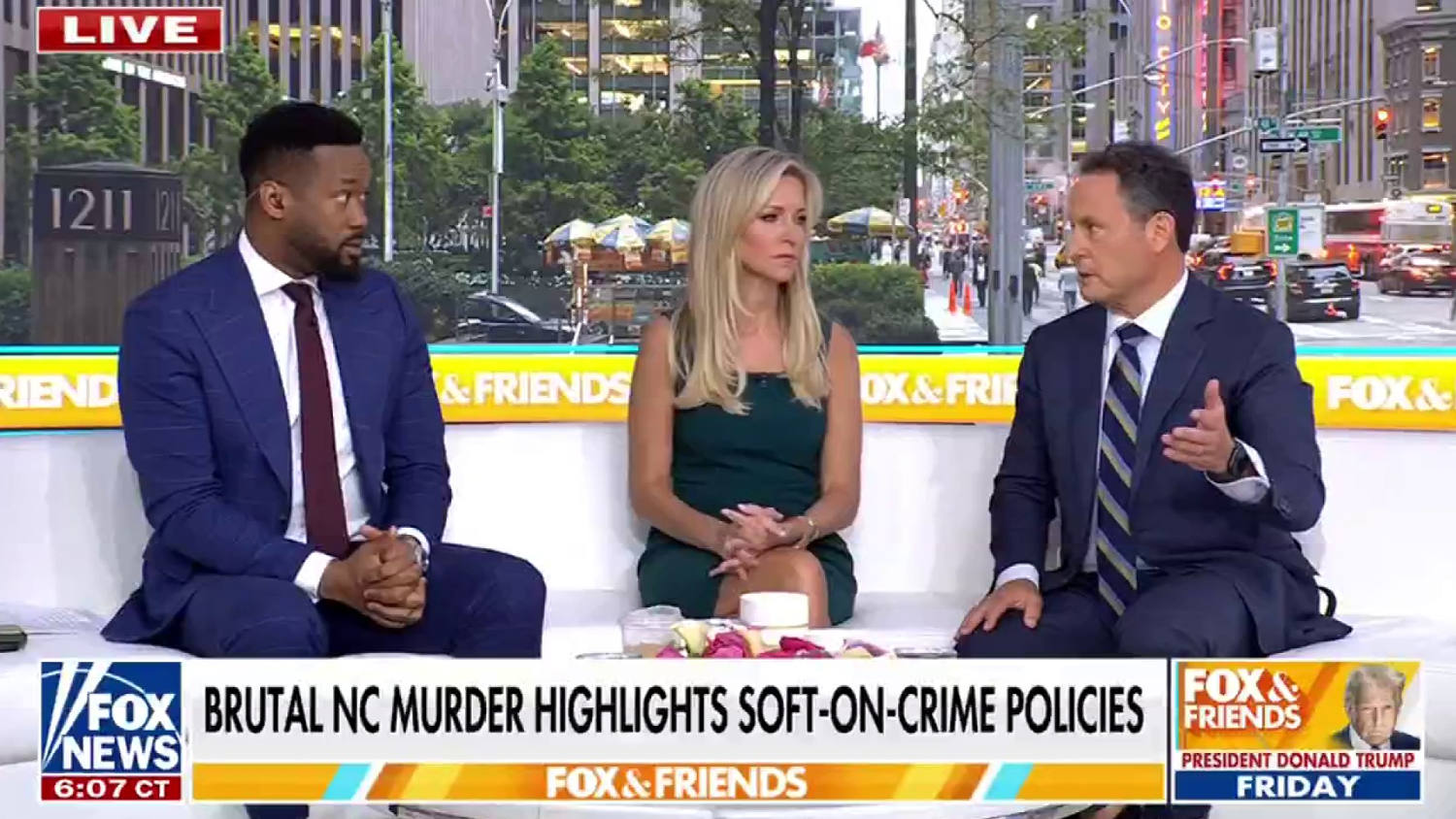
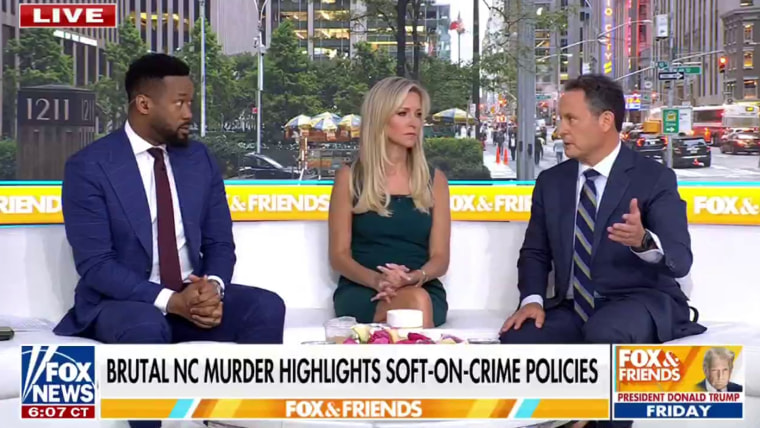
-
Now Playing

-
UP NEXT

The “Gazafication” of the West Bank and the façade of a two-state solution
06:51
-
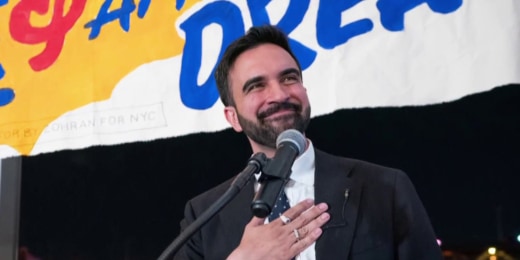
NY Gov. Katchy
07:57
-
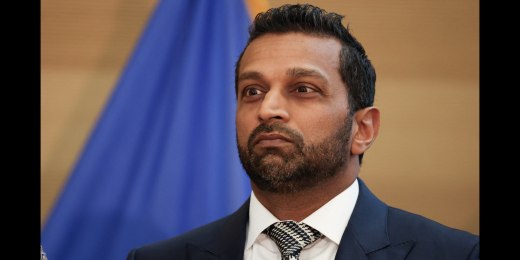
‘Not a serious person’: Fmr. FBI official SLAMS Kash Patel’s leadership
09:23
-
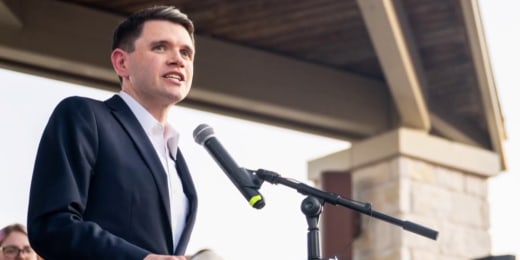
“This is a time for courage”: TX State Rep. James Talarico on bridging divides in politics
07:43
-
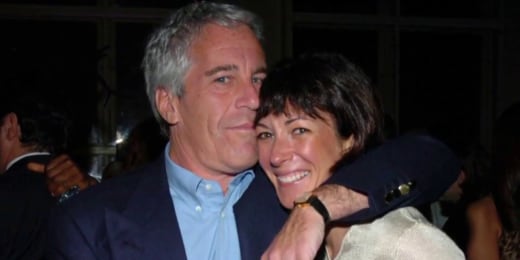
‘Culture of enabling’: Survivor speaks out on Epstein’s birthday book, demands transparency
10:30
-

Former Secret Service Agent warns Kirk assassination signals new targets of political violence
08:17
-

Dem fights for expanding IVF amid Trump assault on reproductive rights
06:55
-
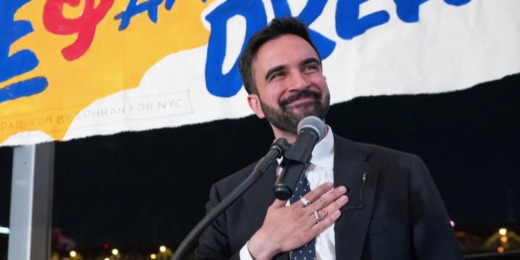
‘Bless Cuomo’s heart.’ Fmr. Rep. Jamaal Bowman, Leigh McGowan mock Andrew Cuomo’s attacks on Zohran Mamdani
09:33
-

‘Harbinger of what’s to come’: Tensions boil after ICE agent kills father near Chicago
09:37
-
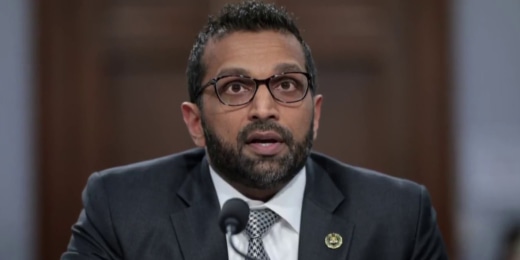
‘Double standard of justice’: Top Dem demands transparency ahead of Kash Patel hearing
08:10
-

Trump Memphis takeover would undermine ‘freedom’ & ‘American norms’: Tennessee mayor
07:48
-

ICE agent fatally shot man who dragged him with his vehicle, DHS says
10:47
-

Comedian: ‘Laura Loomer as the de facto Defense Secretary makes me feel as safe as Ghislaine Maxwell as a baby sitter”
10:33
-
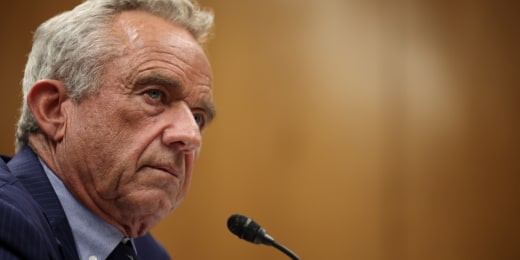
‘Vaccination is a form of kindness’: Mom of immunocompromised child slams RFK Jr’s anti-vaccine agenda
05:34
-
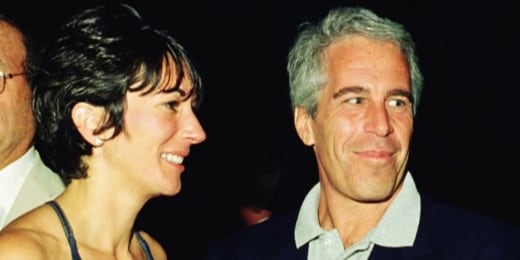
‘Highly likely’ Congress obtains Epstein birthday book
09:30
-

Rep. Moulton: Trump Gave No Warning Before Venezuela Boat Strike
07:10
-

CNBC Reporter: Trump’s economy problem is threatening his entire agenda
10:18
-

A Dem Senate candidate was asked if she’d meet with Benjamin Netanyahu. She had a one-word answer.
07:36
-

Gaza bombings & West Bank annexation: Netanyahu to face U.N, as U.S. backs Him
09:28
The Weekend: Primetime
-
Now Playing

‘Disturbing’: BLN hosts rip Fox anchor for shocking call to ‘just kill’ homeless people
04:20
-
UP NEXT

The “Gazafication” of the West Bank and the façade of a two-state solution
06:51
-

NY Gov. Katchy
07:57
-

‘Not a serious person’: Fmr. FBI official SLAMS Kash Patel’s leadership
09:23
-

“This is a time for courage”: TX State Rep. James Talarico on bridging divides in politics
07:43
-

‘Culture of enabling’: Survivor speaks out on Epstein’s birthday book, demands transparency
10:30
-
Uncategorized10 months ago
Bob Good to step down as Freedom Caucus chair this week
-

 The Josh Fourrier Show10 months ago
The Josh Fourrier Show10 months agoDOOMSDAY: Trump won, now what?
-
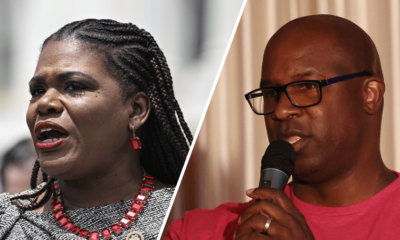
 Politics7 months ago
Politics7 months agoFormer ‘Squad’ members launching ‘Bowman and Bush’ YouTube show
-
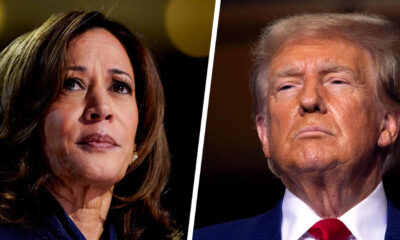
 Politics10 months ago
Politics10 months agoWhat 7 political experts will be watching at Tuesday’s debate
-
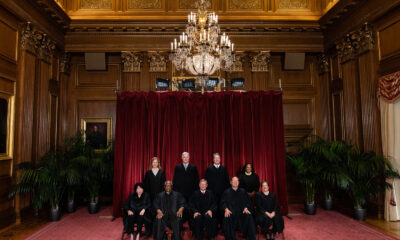
 Politics10 months ago
Politics10 months agoHow Republicans could foil Harris’ Supreme Court plans if she’s elected
-

 The Dictatorship7 months ago
The Dictatorship7 months agoPete Hegseth’s tenure at the Pentagon goes from bad to worse
-

 The Dictatorship7 months ago
The Dictatorship7 months agoLuigi Mangione acknowledges public support in first official statement since arrest
-
Economy10 months ago
Fed moves to protect weakening job market with bold rate cut






